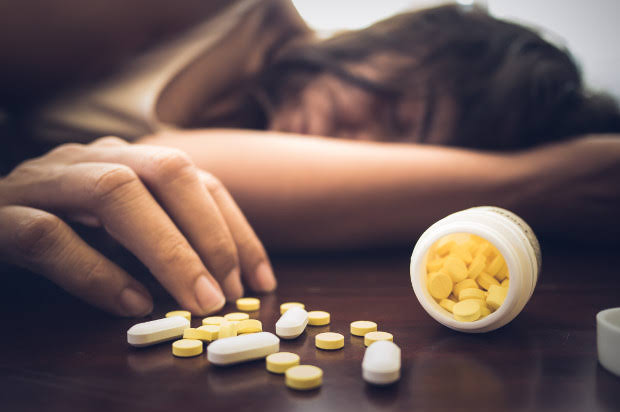
By Omar Muaz
Today, drug abuse is the most common dilemma among our youth that causes serious physical and mental health-related issues. Numerous research studies have shown that the abusive use of psychoactive stimulant drugs has been increasing among our youth day by day all over the world.
According to the latest World Drug Report, released in 2017 by the United Nations Office on Drugs and Crime (UNODC), around 29.5 million people or 0.6 percent of the global adult population are engaged in this and suffered from drug use disorders; including dependence. Government couldn’t get it down in their fight against drug abuse for decades and without involvement of non-governmental organizations in the fight, the disaster seems to be escalating in days and minutes
Drug, according to medical dictionary, refers to a medicine or other substance which has a physiological effect when ingested or otherwise introduced into the body. While abuse is the improper usage or treatment of a thing, often to unfairly or improperly gain benefit. Drug Abuse, therefore refers to the use of certain chemicals for the purpose of creating pleasurable effects in brain.
According to National Cancer Institute, drug abuse refers to the use of illegal drugs or the use of prescription or over-the-counter drugs for purposes other than those for which they are meant to be used, or in excessive amounts. Drug abuse may lead to social, physical, emotional, and job-related problems.
Drug abuse are usually psychoactive drugs that are used by people for different reasons which may include: curiosity and peer pressure, especially among school children and young adults; the use of prescription drugs that were originally intended to target pain relief may have turned into recreational use and become addictive; chemicals may be used as part of religious practices or rituals; recreational purposes and qs a means of obtaining creative inspiration.
Drug abuse falls into three groups and these include:
—Depressants: These cause depression of brain faculties and its examples include sleeping pills (barbiturates) and heroin.
—Stimulants: These cause stimulation of the brain, giving rise to alertness and increase burst of activity; a rapid heart rate, dilated pupils, raised blood pressure, nausea or vomiting and behavioural changes such as agitation, and impaired judgement may also be resulted.
—Hallucinogens: These cause hallucinations and an “out of this world” feeling of dissociation from oneself. Hallucinogens may cause distorted sensory perception, delusion, paranoia and even depression. Examples includes ecstasy, mescaline and LSD.
Example of drug abuse are: alcohol; tobacco; cocaine from coca; opium and opioids from poppy plants; hashish or marijuana from cannabis; and synthetic drugs such as heroin, ecstasy and LSD.
—A weakened immune system, increasing the risk of illness and infection.
—Heart conditions ranging from abnormal heart rates to heart attacks, collapsed veins and blood vessel infections from injected drugs.
—Nausea and abdominal pain, which also leads to changes in appetite and weight loss.
—Increased strain on the liver which puts the person at risk of significant liver damage or liver failure.
—Seizures, stroke, mental confusion and brain damage
—Lung disease
—Problems with memory, attention and decision-making which make daily living more difficult and
—Global effects of drugs on the body such as; breast development in men and increase in body temperature, which lead to other health problems.
For organizations, whether governmental or non-governmental, to combat the problem of drug abuse among our youth today should play the following roles:
—The non-governmental organizations have to adopt new models and strategies that are action-oriented activities, primarily with the intention of promoting positive values, attitudes, self-development, creative productivity and skills of young people.
—Non-governmental organizations play great roles in mitigating drug abuse among our youth by Initiating drug-abuse prevention programmes; i.e the programmes that emphasize the need for healthy activities for youth, personality development during adolescence and the elimination of factors that are conducive to drug abuse.
—Organization should partners government to promote care for young people and quality of life in general, more especially those who are into the drug abuse.
—Organizations should advise and assist member of state representatives in updating drug legislation and promoting the drug law enforcement action. ETC.
In conclusion, the fact that the extent of the problem cannot be addressed alone by any single entity of government or by the government alone. It’s a problem that demands collaboration of all segments of the society, more especially family, where parents pay more attention to what their children and wards are doing. Likewise non-governmental organizations shouldn’t be left off as they play important role in mitigating the abuse.


